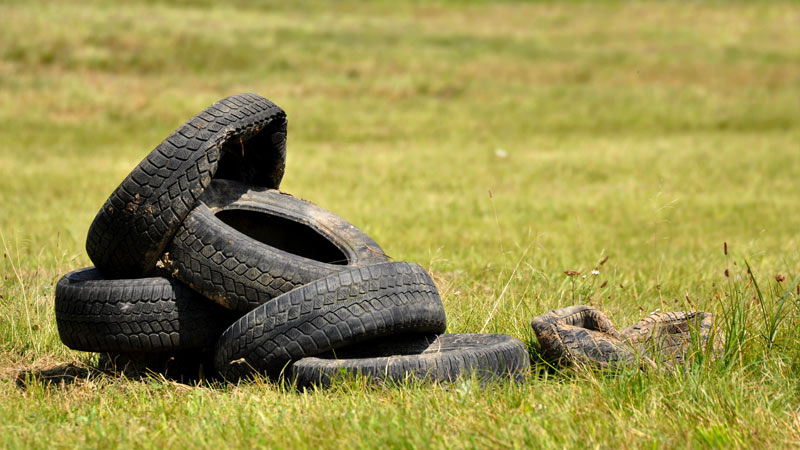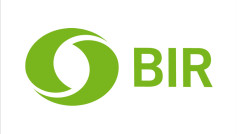Latest studies conducted in Europe had raised no environmental or human health concerns over the use of crumb rubber in infill, it was pointed out by Jean-Pierre Taverne, Coordinator of Environment & ELT Technical Support at the European Tyre & Rubber Manufacturers’ Association. This issue had also attracted considerable attention in the USA, it was noted by Robin Wiener, President of the Institute of Scrap Recycling Industries.
The same speaker emphasised the major boost to the Circular Economy that could be provided by Green Public Procurement (GPP), which accounted for approaching 20% of the EU’s GDP. His organisation was therefore pushing for revised GPP guidelines which would “encourage public authorities to foster demand for secondary raw materials and develop new market opportunities”.
Wilma Dierkes of the Faculty of Engineering Technology at the University of Twente in the Netherlands provided delegates with an update on some of the different approaches to tyre recycling, including her team’s work on the continuous devulcanisation of SBR in an extruder under protective atmosphere with intensive cooling of the devulcanizate.
Another treatment approach for ELTs, namely pyrolysis, was addressed by fellow guest speaker Jan van den Brand, Executive Director of Rumal Kargro in the Netherlands. His company was participating in a new pyrolysis venture under the Dutch Green Carbon banner which was engaged in “upcycling carbon black, oil and gas” from ELTs. “Demand in the carbon black market is diversified and offers attractive opportunities,” the speaker stated.
Capable of producing 4500 tons of carbon black on an annual basis, the plant had entailed an investment of around Euro 12m, he added.






